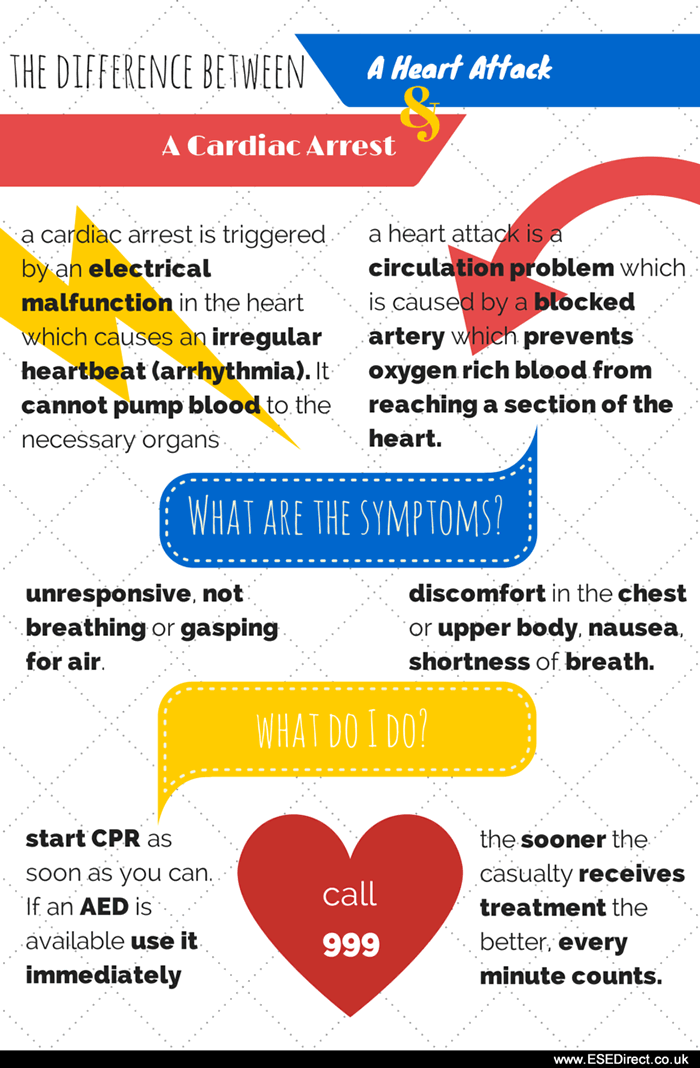Why Should You Invest In A Defibrillator?
With the news of ambulance response times increasing it's becoming more important to have an AED (automated external defibrillator) nearby in case of those unthinkable emergencies.
The average ambulance should take 8 minutes to reach a casualty however, that time has now increased by a minute and in some areas over 2, now that doesn’t seem too much, but when your brain is being starved of oxygen from a sudden cardiac arrest that minute could make all the difference.
What is a cardiac arrest?
A cardiac arrest is when your heart stops pumping blood around the body, when this happens the casualty loses consciousness almost immediately.
What causes a cardiac arrest?
The most common cause of a cardiac arrest is ventricular fibrillation, this is when the electrical activity of the heart becomes abnormal which then leads to the heart stopping or quivering (or fibrillates). The main causes of VF are:
- Coronary heart disease
- Heart attack (this is different to a cardiac arrest, which we will look at later)
- Cardiomyopathy
- Congenital heart disease
- Heart valve disease
- Inflammation of the heart muscle (also called acute myocarditis)
- Any other heart conditions
What damage can a cardiac arrest cause?
Brain damage can be caused by a cardiac arrest, this is because when the heart stops pumping blood around the body it also stops much needed oxygen reaching the brain.
When this happens you have a matter of minutes before it causes severe brain damage which can be irreversible. This is why it is important to have an AED close to hand so that a shock can be administered quickly which will keep the oxygen flowing to the brain.
How does an AED/Defibrillator work?
An Automated External Defibrillator (AED) is a portable device which works by checking the heart rhythm and determining whether a shock is required to prevent a cardiac arrest.
AED’s are incredibly easy to use and guide the user through each step, from telling them if a shock is needed to when to administer CPR.
There is a vast range of AED's available and most come with a free training session.
What is the difference between a cardiac arrest and a heart attack?
There is a common misconception that a cardiac arrest and a heart attack are the same, they are not.
In simple terms a cardiac arrest is to do with the electrical malfunction of the heart and happens suddenly without warning, a heart attack occurs when a blocked artery prevents oxygen rich blood from reaching a section of the heart.
We have put together this handy infographic to help, please feel free to share!


Author Bio - Laura Holland
Social Media and Web Content Coordinator, Jan 2014 - May 2015





